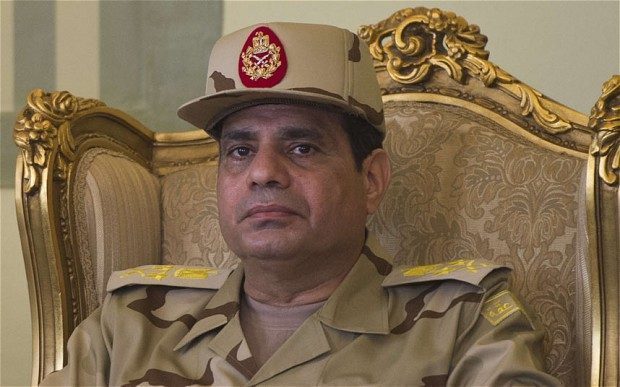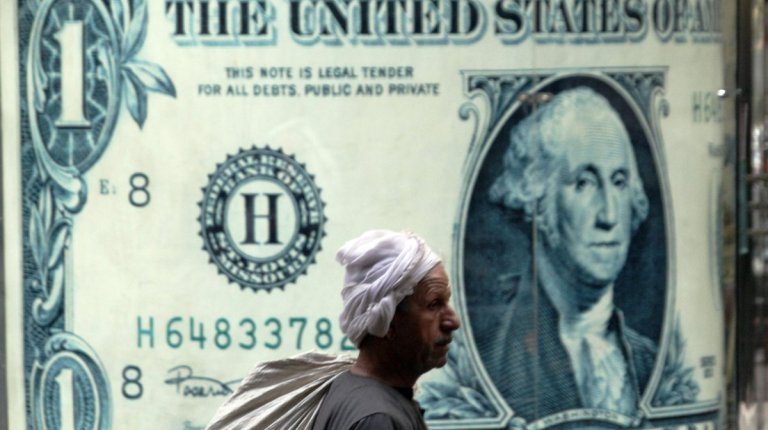
This month, Egypt celebrated the 60th. anniversary of the Suez Canal. In fact, the anniversary offered Abdel Fattah al-Sisi “a ready-made opportunity to bask in the reflected light of Nasser’s – and Egypt’s – historic achievements, and to make his own claim to leadership of Egypt’s 21st century economic and political renaissance,” reported Al-Jazeera.
Al-Sisi enlisted the Suez Canal, like his predecessor, in his battle to establish both economic and political stability as Egypt makes a place for itself in the global economy.
Al-Sisi tied the canal’s July 26, 1956 nationalization to the first anniversary of his grand opening of a new Suez canal shunt in August 2015, celebrating the canal’s modernization.
But despite the grand celebration and the latest inaugurated expansion to the Suez Canal, it seems that the so-called “New Suez Canal“ promises are misleading.
Many of the promises have proven hyperbolic. Revenue has fallen parallel with the decline in global trade and the losses suffered to the International Monetary Fund’s Special Drawing Rights (SDR), the asset of account that is collected as a tariff by the Suez Canal Authority.
The toll paid was reduced by the authority for certain classifications of ships. “While in some months since the expansion there has been an uptick in maritime traffic through the canal, it has not come close to fulfilling the grand promises Egyptian officials made at its inception,” as reported by Mada Masr.
In addition, critics say that the expedited construction to quickly open the expansion pushed the project’s expenditure significantly higher than was necessary.
Foreign companies were brought in to complete the dredging of the existing 37-kilometer stretch, as there were not enough dredgers in Egypt to finish the project in accordance with the government’s schedule.
As a result, the foreign contracts were paid in US dollars, which led to the erosion of Egypt’s foreign currency reserves, a fact that has not been helped by Egypt’s balance of payments deficit widening to US$3.6 billion during the first three quarters of the 2015/16 fiscal year.
To fund the ballooning cost, the Egyptian government sold LE54 billion in public bonds and took out at least an additional US$850 million in loans. The celebration of the extension’s opening is estimated to have cost $30 million.
In return, the project didn’t generate significant revenue as expected and as claimed by Egyptian officials.
According to al-Ahram, a state-run newspaper, Egypt’s Suez Canal revenues in dollars declined for consecutive months. The Suez Canal revenues recorded EGP 3.48 billion ($396.4 million) in March, based on official figures published by the Suez Canal Authority.
In US dollars, the figure represents a 1.2 % decline compared to the $401.4 million in revenues posted for the previous month.
Since the military coup in 2013 led by Al-Sisi, Egypt has been witnessing unprecedented economic crisis – youth unemployment approaching 50%, a falling currency and remittances, a crisis in tourism and foreign investment, and a controversial $ 12 bn loan from the (IMF).



